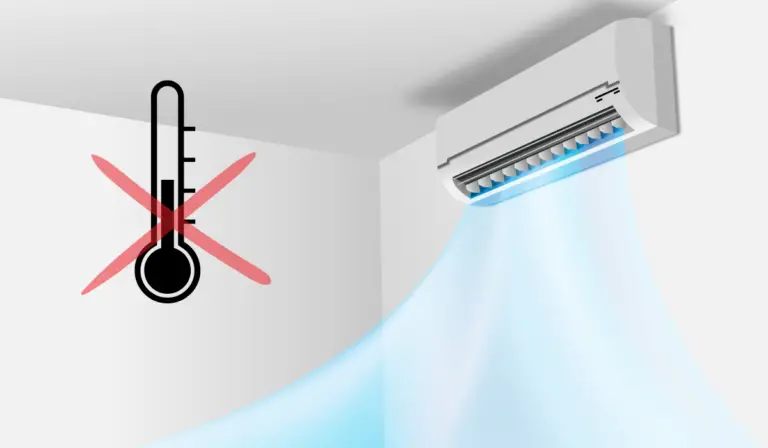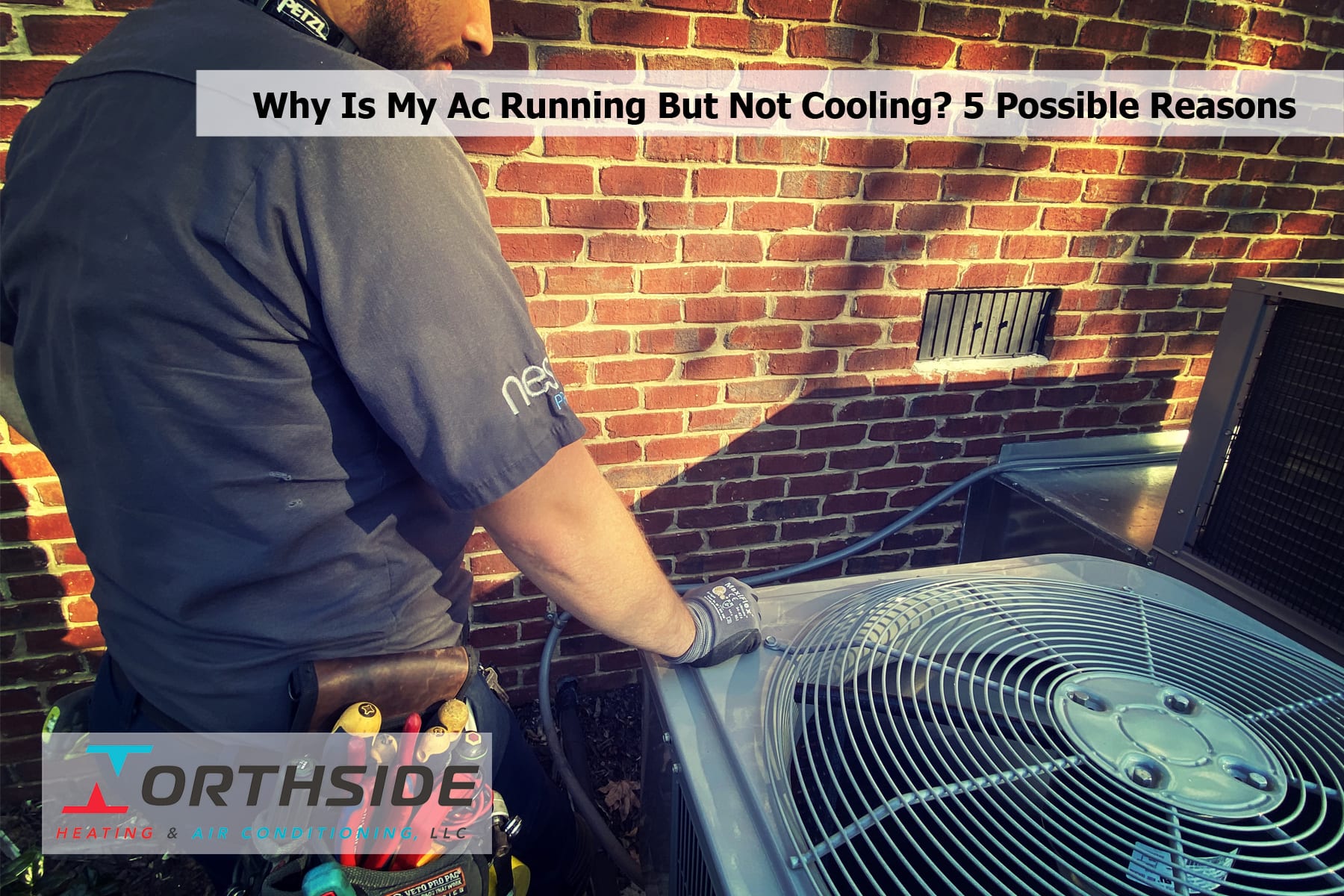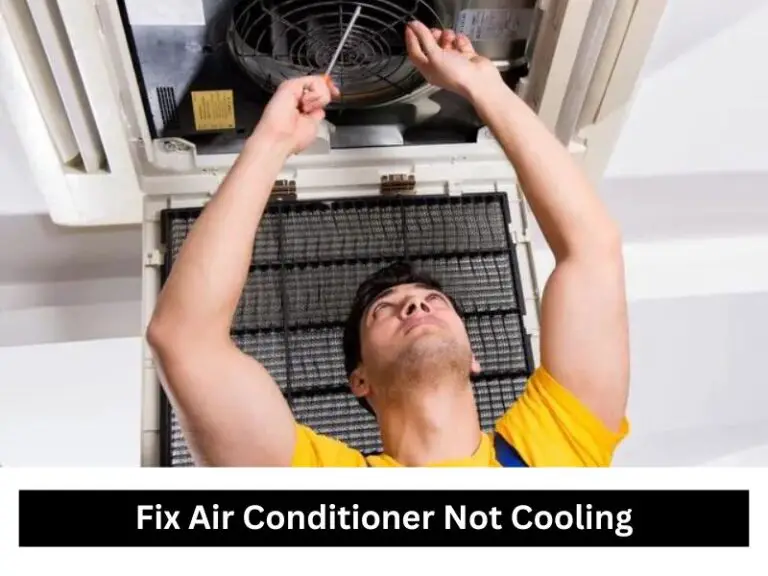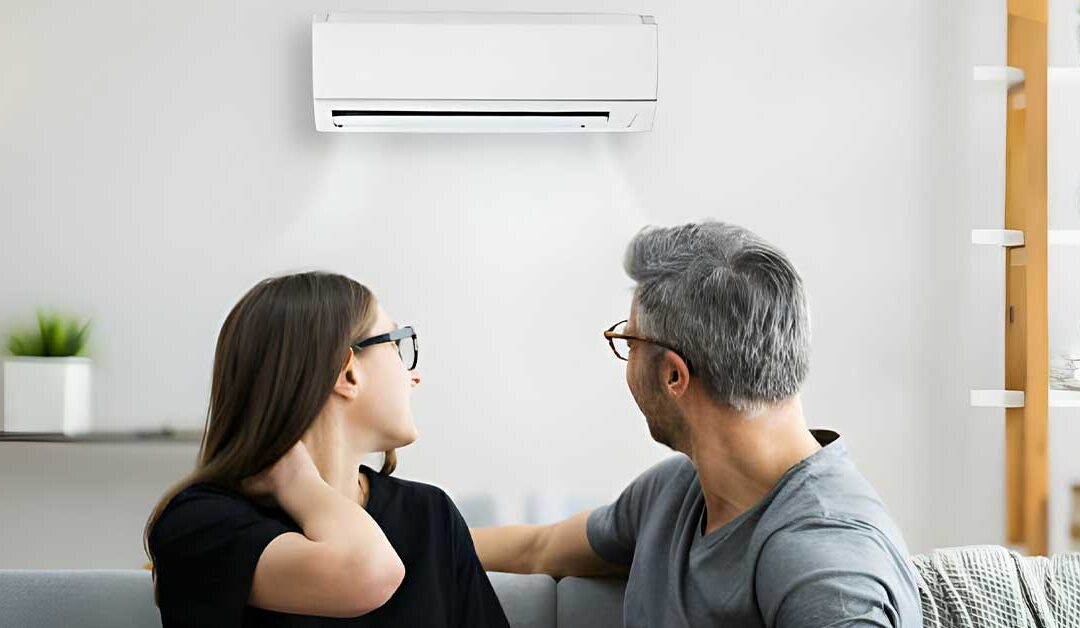Air Conditioning Running But Not Cooling

Is your air conditioner running constantly, blasting air, but failing to deliver that refreshing coolness you crave? It's a frustrating situation, and unfortunately, a common one. Before you resign yourself to soaring energy bills and sweltering discomfort, let's explore the common culprits behind an AC running but not cooling, and – more importantly – how to fix them. This guide offers practical advice for homeowners, businesses aiming for energy efficiency, smart home enthusiasts, and even HVAC contractors looking to provide optimal solutions.
The Usual Suspects: Diagnosing the Problem
When your air conditioner isn't performing as it should, a systematic approach is crucial. Here are the primary areas to investigate:
1. Dirty Air Filter: The Silent Energy Thief
A clogged air filter is the most frequent offender. A dirty filter restricts airflow, forcing your AC unit to work harder. This not only reduces cooling efficiency but also significantly increases energy consumption. According to the U.S. Department of Energy, replacing a dirty air filter can lower your AC's energy consumption by 5-15%. Imagine the savings over a summer! Furthermore, restricted airflow can lead to the evaporator coil freezing up, exacerbating the problem and potentially causing long-term damage.
Solution: Check your air filter monthly and replace it when it appears dirty. Consider upgrading to a high-efficiency particulate air (HEPA) filter if you suffer from allergies. Investing a few dollars in a new filter can save you significantly on energy costs and prevent costly repairs down the line. Some smart thermostats can even remind you when it's time to change the filter.
2. Refrigerant Leaks: A Gradual Decline in Cooling Power
Refrigerant is the lifeblood of your AC system. If you have a leak, your unit won't be able to cool the air effectively. This is often a slow process, meaning you may not notice the decline immediately. Common signs include weak airflow, icing on the refrigerant lines, and a hissing sound near the unit. A qualified HVAC technician is needed to address this issue.
Solution: Contact a licensed HVAC professional to locate and repair the leak. They will also need to recharge the system with the correct type and amount of refrigerant. Be aware that older AC units may use R-22 refrigerant, which is being phased out due to environmental concerns. Replacing your unit with a newer, more efficient model that uses R-410A refrigerant might be a better long-term solution, especially if your unit is over 10 years old. Look for Energy Star certified models to maximize energy savings; these models often exceed minimum efficiency standards by at least 15%.
3. Blocked Condenser Coil: Overheating and Inefficiency
The outdoor condenser coil releases heat from your home. If it's covered in dirt, leaves, or debris, it can't do its job effectively. This causes the AC unit to overheat, leading to reduced cooling capacity and increased energy consumption.
Solution: Regularly inspect and clean the condenser coil. Turn off the power to the unit and use a garden hose to gently spray away any debris. Avoid using high-pressure washers, as they can damage the delicate fins. Ensure shrubs and plants are trimmed back at least two feet from the unit to allow for proper airflow. Proper maintenance can improve efficiency by 5-10%.
4. Ductwork Issues: Lost Air and Wasted Energy
Leaky or poorly insulated ductwork can waste a significant amount of energy. According to the Environmental Protection Agency (EPA), duct leakage can account for up to 30% of energy loss in a typical home. This means you're paying to cool air that never reaches its intended destination.
Solution: Inspect your ductwork for visible leaks and seal them with duct mastic or metal tape. Consider hiring a professional to perform a duct leakage test and seal any hidden leaks. Insulating your ductwork, especially in unconditioned spaces like attics and crawl spaces, can further reduce energy loss. In some areas, you may be eligible for rebates or tax credits for duct sealing and insulation improvements. Check with your local utility company or energy efficiency program for details.
5. Frozen Evaporator Coil: A Chilling Problem
A frozen evaporator coil occurs when the coil gets too cold and ice forms on its surface. This restricts airflow and prevents the AC from cooling properly. Common causes include low refrigerant, a dirty air filter, or a malfunctioning blower fan.
Solution: Turn off the AC unit and allow the ice to melt completely. This may take several hours. Once the ice has melted, address the underlying cause. Replace the air filter, check for refrigerant leaks, and ensure the blower fan is functioning correctly. If the problem persists, consult an HVAC professional.
6. Thermostat Problems: Miscommunication and Inaccurate Readings
A malfunctioning thermostat can prevent your AC from cooling properly. It may be misreading the temperature or failing to communicate effectively with the AC unit.
Solution: Check the thermostat settings to ensure it's set to "cool" and the desired temperature is lower than the current room temperature. Replace the batteries if necessary. Consider upgrading to a smart thermostat. Smart thermostats learn your preferences, adjust the temperature automatically, and can be controlled remotely via your smartphone. They can also provide valuable data on your energy usage, helping you identify areas for improvement. Many smart thermostats are Energy Star certified and qualify for rebates.
Smart HVAC Integration: Optimizing for Efficiency and Comfort
Integrating your HVAC system with smart home technology offers numerous benefits, including improved energy efficiency, enhanced comfort, and greater control. Here are some key features to consider:
- Smart Thermostats: As mentioned above, these devices learn your habits, adjust the temperature automatically, and provide valuable energy usage data.
- Smart Sensors: Place sensors in different rooms to monitor temperature and humidity levels. This allows the thermostat to make more informed decisions and ensure consistent comfort throughout your home.
- Zoning Systems: Divide your home into different zones, each with its own thermostat. This allows you to heat or cool only the areas you're using, saving energy and improving comfort.
- Remote Monitoring and Control: Monitor and control your HVAC system from anywhere using your smartphone or tablet. This allows you to adjust the temperature before you arrive home, saving energy and ensuring a comfortable environment.
- Predictive Maintenance: Some smart HVAC systems can monitor the performance of your equipment and alert you to potential problems before they become major issues. This can help you prevent costly repairs and extend the lifespan of your AC unit.
Energy Efficiency Upgrades: A Long-Term Investment
If your AC unit is old and inefficient, consider upgrading to a newer, more energy-efficient model. Look for Energy Star certified units, which meet strict energy efficiency guidelines set by the EPA. These units can save you significantly on energy costs over their lifespan.
SEER Rating: The Seasonal Energy Efficiency Ratio (SEER) measures the cooling efficiency of an AC unit. The higher the SEER rating, the more efficient the unit. The minimum SEER rating currently required by law is 14, but higher-efficiency models can have SEER ratings of 20 or higher. Investing in a higher SEER rating will result in greater energy savings over time. The higher upfront cost is often recouped through reduced energy bills.
Professional Installation: Proper installation is crucial for optimal performance. Hire a qualified HVAC contractor to install your new AC unit. They will ensure it's sized correctly for your home and that all components are properly connected and calibrated.
Navigating Rebates and Incentives
Many utility companies and government agencies offer rebates and incentives for energy-efficient HVAC upgrades. Check with your local utility company, state energy office, and the DSIRE (Database of State Incentives for Renewables & Efficiency) website to see what rebates and incentives are available in your area. These incentives can significantly reduce the upfront cost of upgrading to a more energy-efficient AC unit.
Conclusion: Taking Control of Your Cooling Costs
An air conditioner running but not cooling is a frustrating and costly problem. By following the steps outlined in this guide, you can diagnose the issue, implement effective solutions, and optimize your HVAC system for energy efficiency. Remember to prioritize regular maintenance, consider smart home integration, and explore available rebates and incentives. By taking these steps, you can enjoy a comfortable home while saving money on your energy bills and reducing your environmental impact. A well-maintained and efficient HVAC system is not just a comfort; it's a smart investment.










